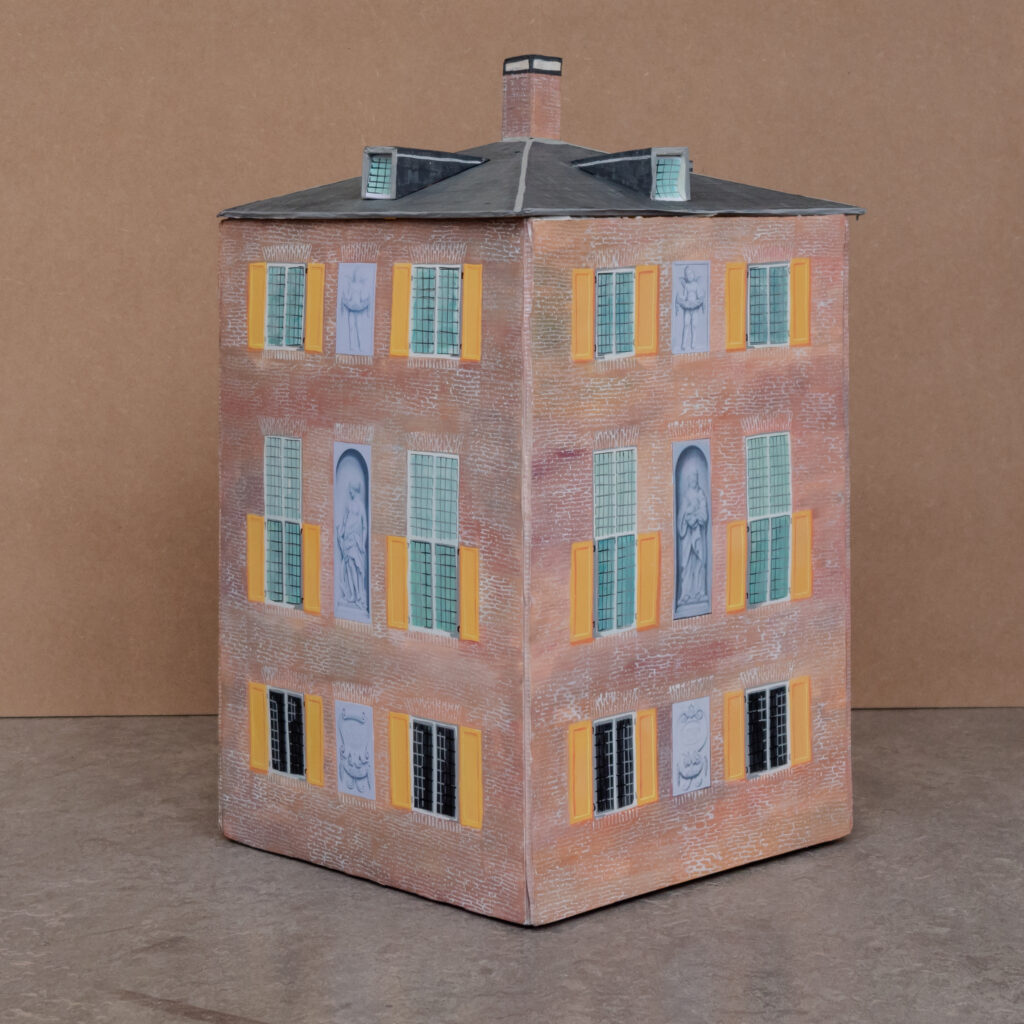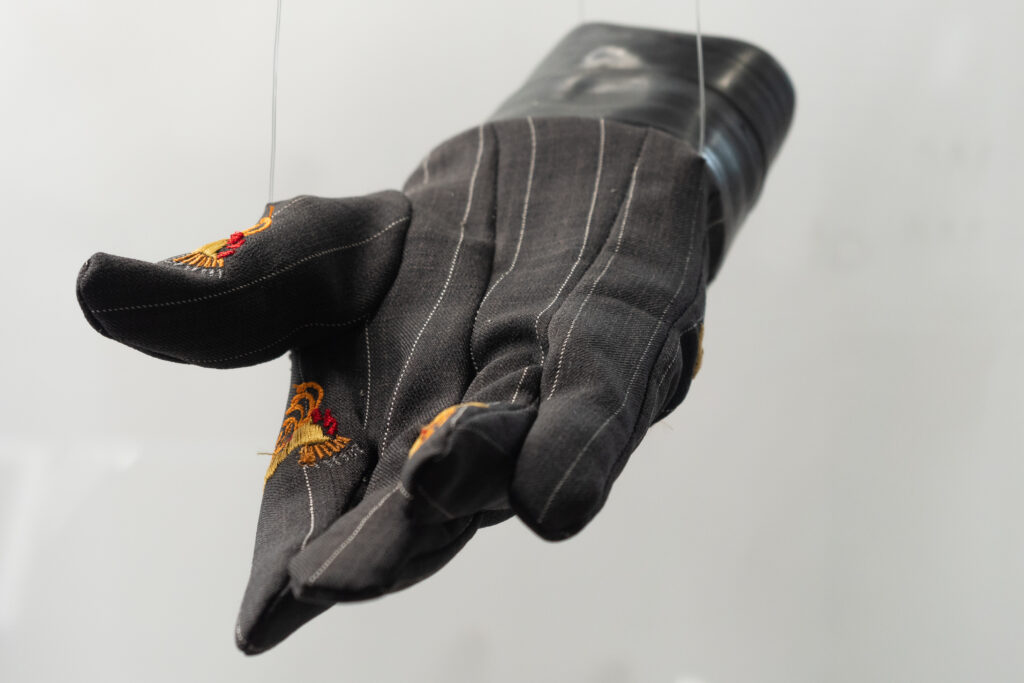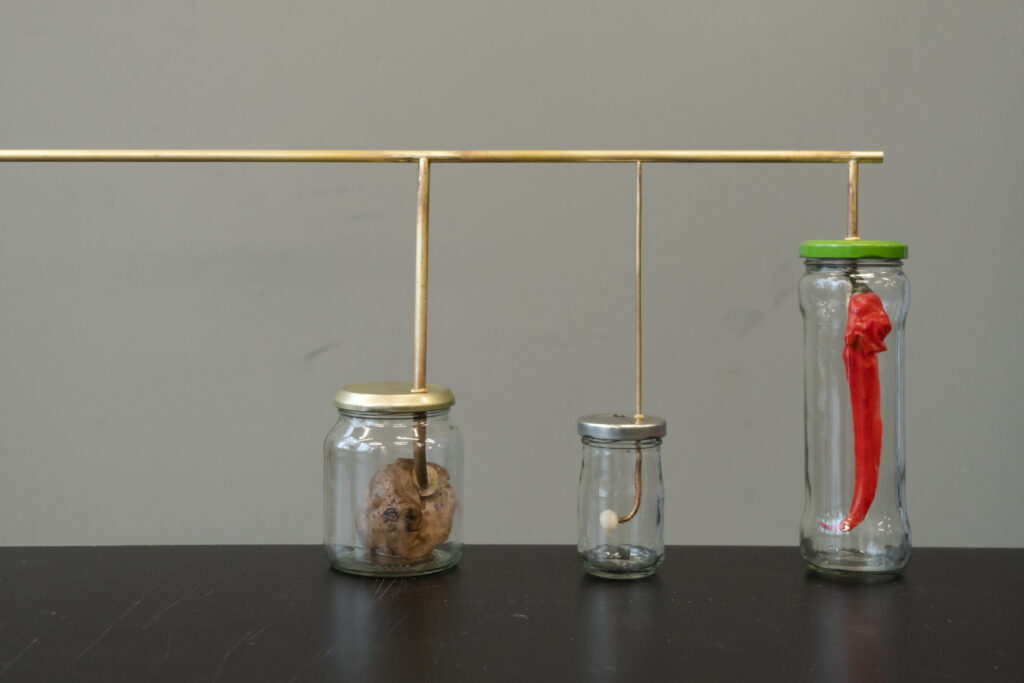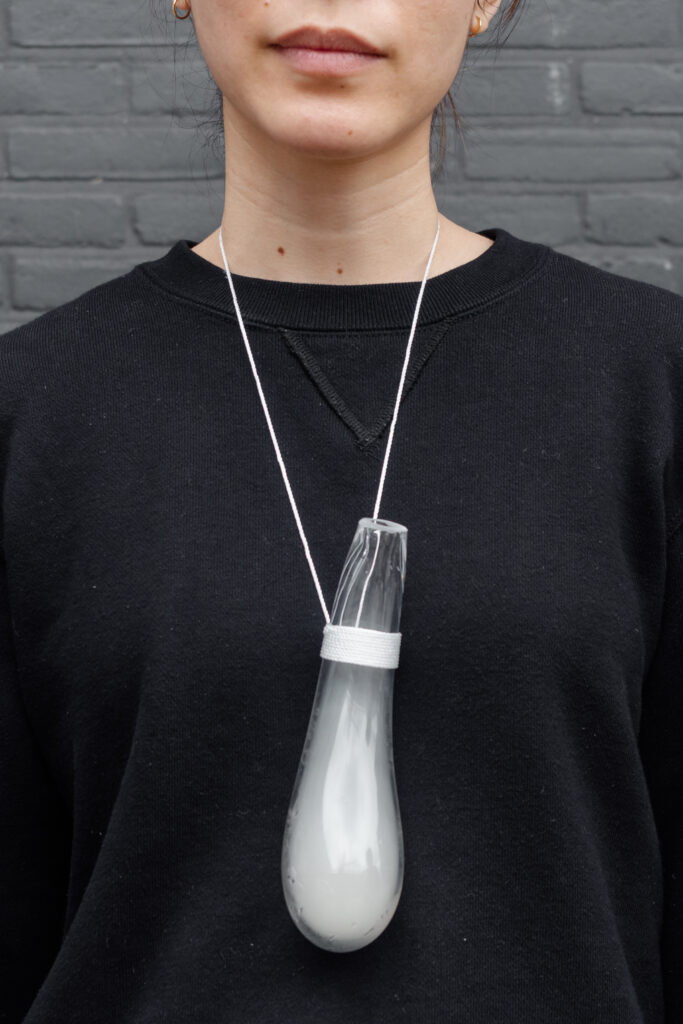
Virgo sun, Aquarius moon, Gemini rising
This collaboration between the Jewellery – Linking Bodies department of the Gerrit Rietveld Academie, Huygens Institute for the History of the Netherlands, Huygens’ Hofwijck and Museum Swaensteyn in Voorburg was inspired by the exhibition Constantijn Huygens. Een leven in brieven (23 February – 28 May 2022) and was co-initiated by buro rietveld, the project bureau of the academy. This exhibition explores the life and work of Constantijn Huygens (1596-1697) through his various interests, letters, recipes, poetry, and through the ten projects Rietveld students worked on in response to Huygens’ life and times.
The starting point of Jewellery – Linking Bodies is the body. Jewellery is traditionally intricately connected to the human body. Linking Bodies questions what a body is and explores the body further, including sensorial experiences such as touching, seeing, and smelling.
Constantijn Huygens is mainly known for being a diplomat, secretary to two Stadtholders and Princes of Orange, poet and composer. A lesser known fact is that he was also an amateur perfumer. This exhibition sheds light on that aspect.
The initial intention of this collaboration was to focus on Huygens’ work on scent, including the various perfume recipes showcased in the exhibition. As a point of departure, the students of the Jewellery – Linking Bodies department were offered the fascinating, in-depth research paper Constantijn Huygens: amateur perfumer by Ineke Huysman, researcher at Huygens Institute for the History of the Netherlands.
Huysman’s extensive study investigates the often glorified life and work of Constantijn Huygens on the basis of his personal letters and reminiscences of his contemporaries. Helped on their way by means of an introduction by Huysman and after reading her study, the students involved in this project focused their attention on Huygens’ position of social privilege that allowed him to delve into ephemeral research, travels, and the practice of alchemy. Confronted with the shadows that characterised the age in which Huygens lived, many questions and doubts started to arise. This prompted the students to critically reflect on their own, contemporary privileges.
So what would be the best response to a glorified history punctuated with shadows of injustice and privilege?
The students were guided and encouraged to follow their own personal feelings and intuitive reactions in order to accommodate similar provocative questions. They reflected on feelings of alienation that had emerged from analysing Huygens both as a person and as a professional. How should they address the anachronistic gap between historical representation and contemporary meaning? The students were also encouraged to reflect on human values, and to relate these to the material and the body within the framework of a vast historical timeline.
Whether consciously or intuitively, the students were drawn to, and challenged by, the shadows and the margins. The three-month project led to ten artistic projects. More information about these can be found on the following pages and in the exhibition spread over two locations in Voorburg: Huygens’ Hofwijck and Museum Swaensteyn.

On the Other Hand

Negative Space

Ungraspable
All photos are made by Konstantin Guz Konstanta Vision